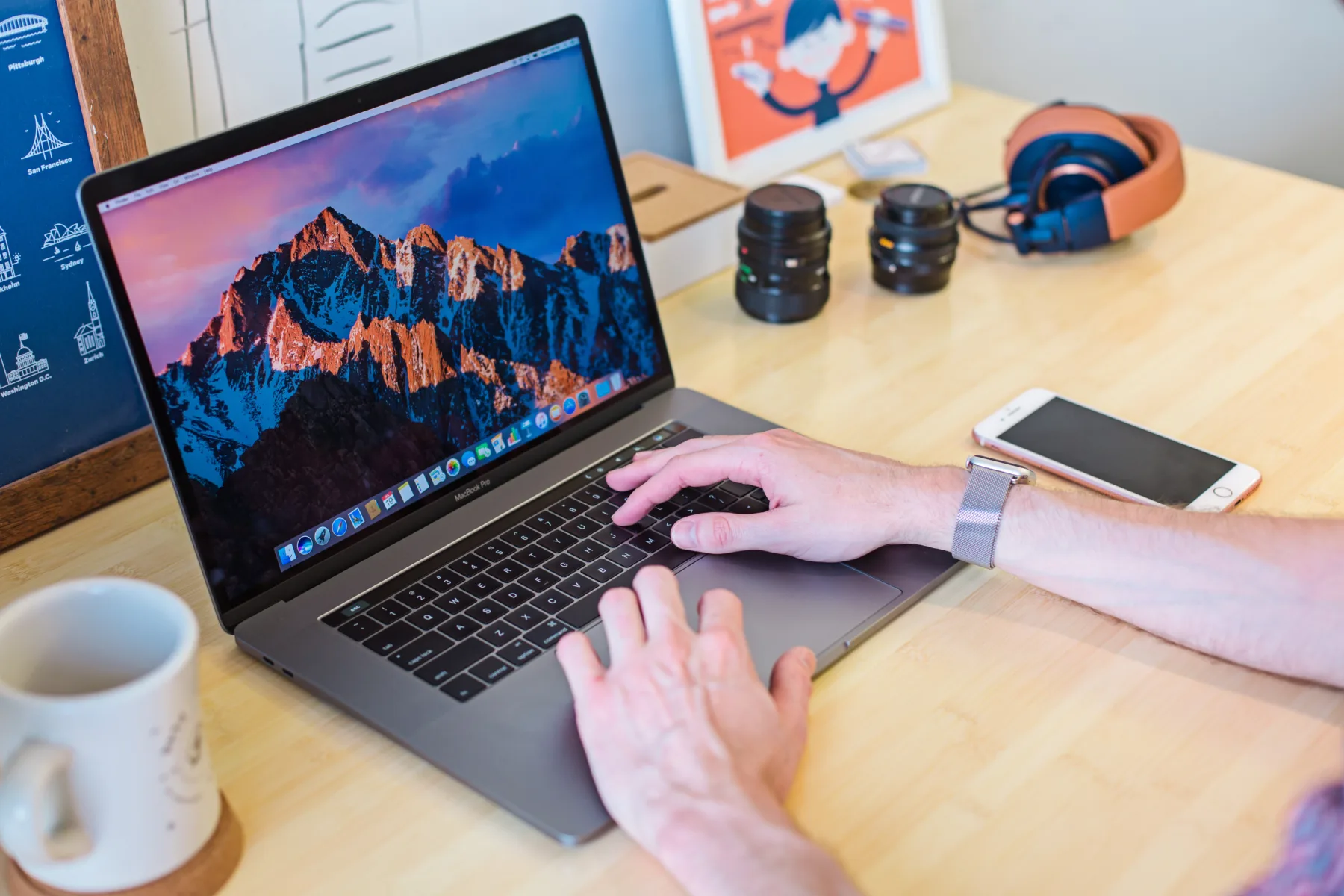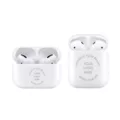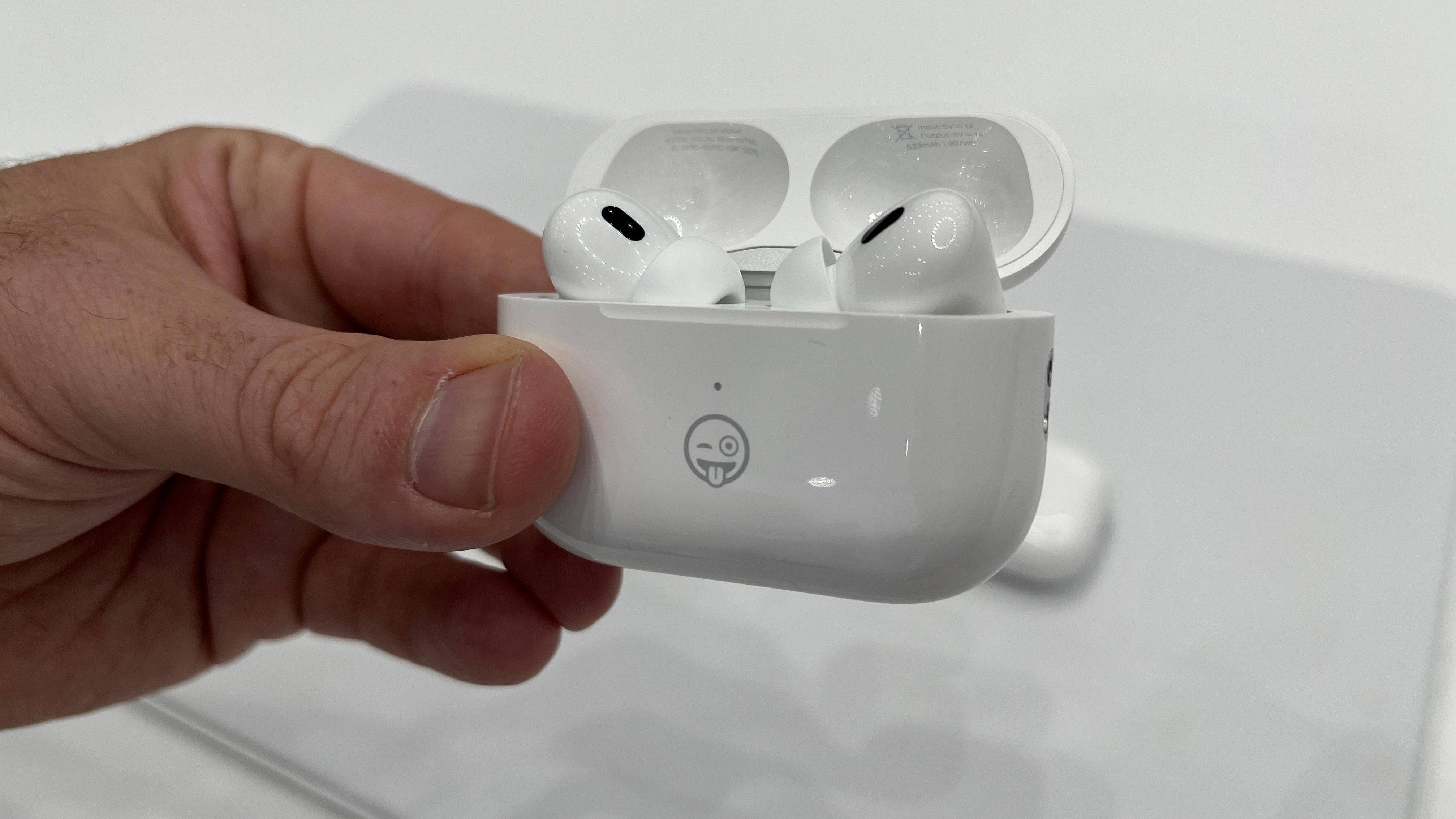The MacBook Air is one of Apple’s most popular laptops, and for good reason. It’s lightweight yet powerful, making it a great choice for people who need a laptop that can handle their everyday tasks but don’t want to lug around a bulky laptop. But with its slim design comes an increased risk of liquid damage, which is why Apple has included a liquid damage indicator (LDI) on the MacBook Air to help users detect any possible water or liquid damage.
The Liquid Damage Indicator (LDI) is located near the power input port on the bottom of your MacBook Air; it appears as a small white sticker with words printed in black. The LDI will turn either red or pink once exposed to moisture, indicating that your Macbook Air has been exposed to liquid and should be taken in for servicing as soon as possible.
It’s important to note that the LDI won’t tell you how much moisture was present when it activated or which components were affected, so even if the LDI hasn’t activated, you should still have your Macbook Air examined by an Apple-authorized service provider if you suspect it has been exposed to liquid. Apple recommends bringing in your laptop for service within two weeks of exposure to liquid in order to minimize any potential damage from corrosion.
If you’re ever uncertain about whether or not your Macbook Air has been exposed to moisture, it’s best to err on the side of caution and take it to an Apple store or an authorized service provider for inspection and repair before further use. Even minor spills can cause advanced issues that require specialized tools and expertise to fix, so make sure you always have your Macbook Air checked out if there’s any suspicion of water damage or other liquid exposure.

Identifying Water Damage in a MacBook Air
If you suspect that your MacBook Air has been water damaged, the first step is to perform a thorough diagnostic. Look for any corrosion or sticky residue on the keyboard and trackpad, as this could be a sign of water damage. Additionally, inspect the main logic board for any signs of liquid exposure, such as discoloration or warping. If you find any of these signs, it is recommended that you contact an Apple-certified technician to further assess the damage and advise on repair options.
Detecting Water Damage in a MacBook
Yes, Apple can detect water-damaged MacBooks through Liquid Contact Indicators (LCIs). LCIs are tiny indicators located in various areas on a Mac laptop or Apple keyboard that will change color when exposed to liquid. Apple technicians can easily identify if a device has been exposed to water or other liquids, and they may be able to provide repair or replacement services under warranty if the device qualifies. It’s important to note that in order for warranty benefits to applying, any damage must not have been caused by improper use or operation of the device.
Repairing a Liquid-Damaged MacBook Air
Yes, it is possible to fix a liquid-damaged MacBook Air. However, it is important to note that this type of repair requires detailed knowledge of the device and its internal components. The extent of damage due to liquid will determine the amount of work required.
If the liquid has caused minimal damage to your MacBook, then you may be able to replace any affected parts yourself (such as the logic board or display). If the liquid has caused major damage, however, it may require professional assistance from an Apple Authorized Service Provider.
In either case, before attempting repairs on your own, it is best to inspect your MacBook for signs of corrosion and moisture. If you do find any evidence of water damage, then do not attempt any repairs yourself; instead, contact an Apple Authorized Service Provider for assistance.
If you choose to attempt repairs yourself, make sure you have all the necessary tools and parts on hand before beginning the repair process. You should also take extreme caution when working with any electrical components in order to avoid further damage and potential electric shock.
Can Liquid Damage Be Repaired on a MacBook?
Yes, liquid damage can be fixed on a MacBook. The first step is to remove the liquid damage with an ultrasonic cleaner. This will help ensure that the damage does not spread further into the laptop. After that, the affected parts need to be replaced or repaired at the component level. Depending on the extent of the damage, this could include replacing or repairing components such as the logic board, hard drive, and any other hardware components that have been affected. In some cases, it may be necessary to replace the entire laptop if it cannot be repaired.
Drying Out a MacBook Air
To dry out your MacBook Air, the first step is to unplug the charger and all attached peripherals. Next, stop any water from dripping onto the logic board and absorb any liquid on the surface of the laptop. Move the laptop to a dry place and disconnect the internal battery. Finally, use a soft cloth to wipe away any remaining moisture from the inside of the laptop, especially around ports and other openings. Allow your MacBook Air to air-dry for at least 24 hours before powering it back on.
Cost of Water Damage Repair for MacBook Air
Water damage repair on a MacBook Air can be expensive. Depending on the extent of the damage, an Apple Authorized Service Provider may charge between $400 and $800 for a liquid damage service. This price includes labor and parts, if necessary. In addition, you will need to pay AppleCare+ deductibles if your laptop is covered under AppleCare+. For MacBook Air models with Touch ID, the deductible is $299, while other models have a $99 deductible.
Cost of Repairing Water Damage on MacBooks from Apple
Unfortunately, Apple does not cover water damage for MacBooks under the basic warranty. If you have AppleCare+, it will cover a large portion of the repair costs, usually up to $299. However, if the water damage is extensive, then additional fees may be charged, depending on the extent of the damage and the components that need to be replaced.
Conclusion
In conclusion, Macbook Air is a great device for those who need a lightweight, durable laptop that can handle everyday tasks. It has a long battery life and is slim and lightweight, making it easy to carry around. The Macbook Air also has an impressive Retina display with True Tone technology, giving you sharp visuals that are easy on the eyes. With its powerful processors and high-performance graphics cards, the Macbook Air can handle most of your computing needs. However, if your Macbook Air is exposed to any liquid damage, it’s important to take immediate action in order to avoid further damage. A thorough diagnostic should be done and all visible signs of corrosion or sticky residue should be inspected before attempting any repairs. If needed, the main logic board may have to be replaced or fixed at the component level and any liquid damage must also be removed in an ultrasonic cleaner. In the end, Macbook Air is an excellent device for those looking for a reliable laptop with great performance.













